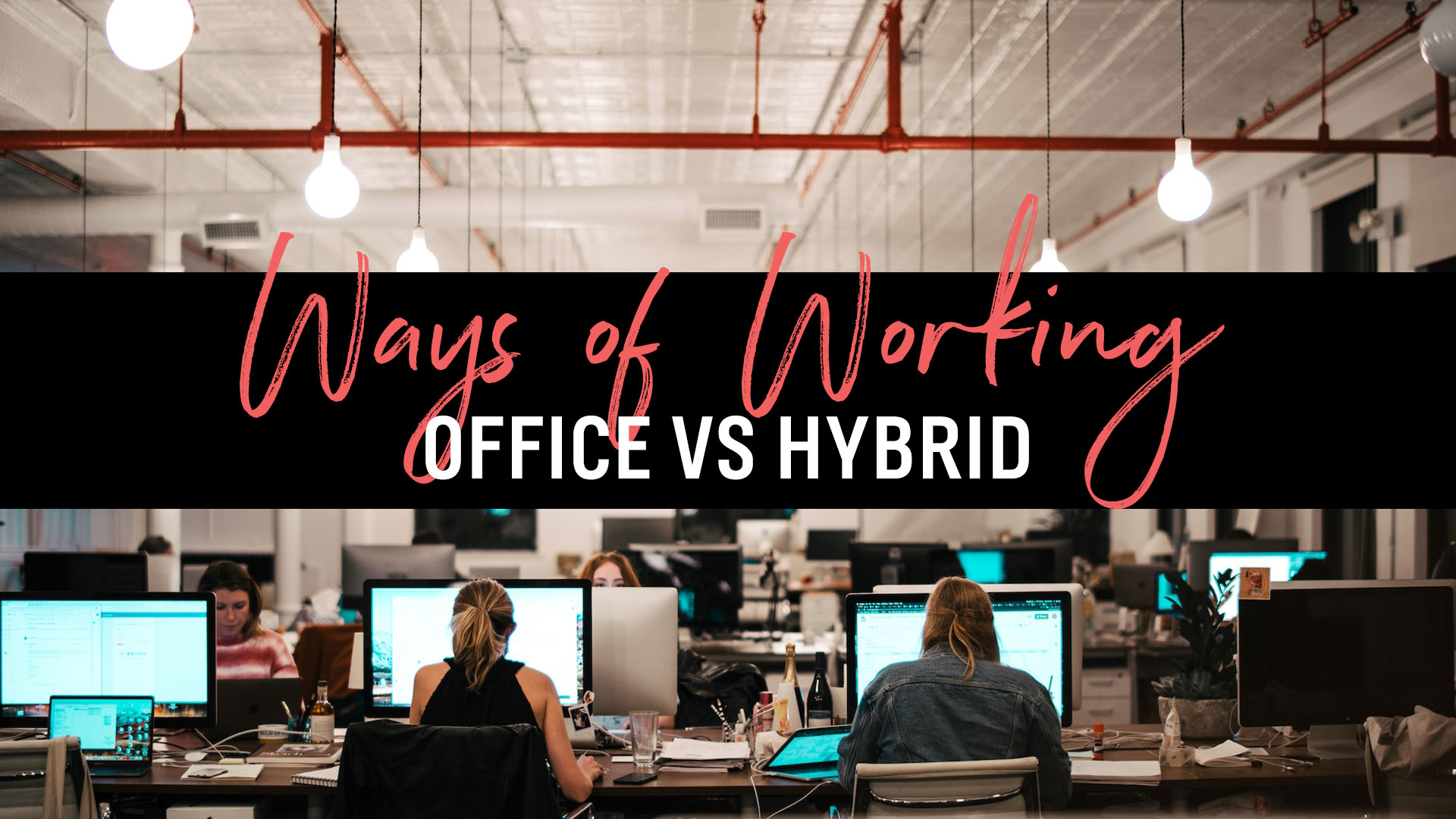
First, let’s get one thing straight – there is only a one-size-fits-all solution for some companies. Some organisations are opting for a 4-day work week, others are going for a 9-day fortnight, and some are experimenting with non-linear work days. But the real challenge lies in maintaining engagement and collaboration. Different businesses and industries have different needs, so what works for a boutique consultancy firm may only work for something other than an industrial or retail business.
The key to managing the balance of hybrid work lies in an organisation’s ability to manage change. Traditional top-down change management approaches are needed to meet the needs and wants of the workforce. Companies embracing open-source change are far more likely to discover the right cadence of hybrid work while maintaining workforce engagement.
So, let’s break it down. Office work has been around for centuries and provides a stable environment for employees to work in, but with the advent of remote work, many employees realise the benefits of working from home. The reduction in commute time is a significant selling point, and McKinsey found that 40% of employees see workplace flexibility as a top motivator for starting a new role.
On the other hand, hybrid work is gaining popularity, with organisations adopting a work-from-anywhere policy that allows employees to work remotely for 6-8 weeks at a time. The benefits of hybrid work are clear – increased flexibility, reduced stress levels, and improved work-life balance.

However, the downside of remote and hybrid work is that it can be difficult to maintain engagement and collaboration among team members. It’s important for companies to invest in technology and tools that allow for seamless communication and collaboration, even when team members are working from different locations.
In conclusion, the future of work is rapidly changing, and there’s yet to be a solution that will work for every company. However, companies embracing open-source change and investing in technology to support remote and hybrid work will be well-positioned to find the right balance between onsite and offsite working while maintaining workforce engagement. So, CEOs and senior leaders, it’s time to get creative, try new things, and find the right blend of office vs hybrid work that works for your organisation. And let’s be honest, why are we still discussing this and not just doing it? It’s time to get ahead of the curve and embrace the future of work!